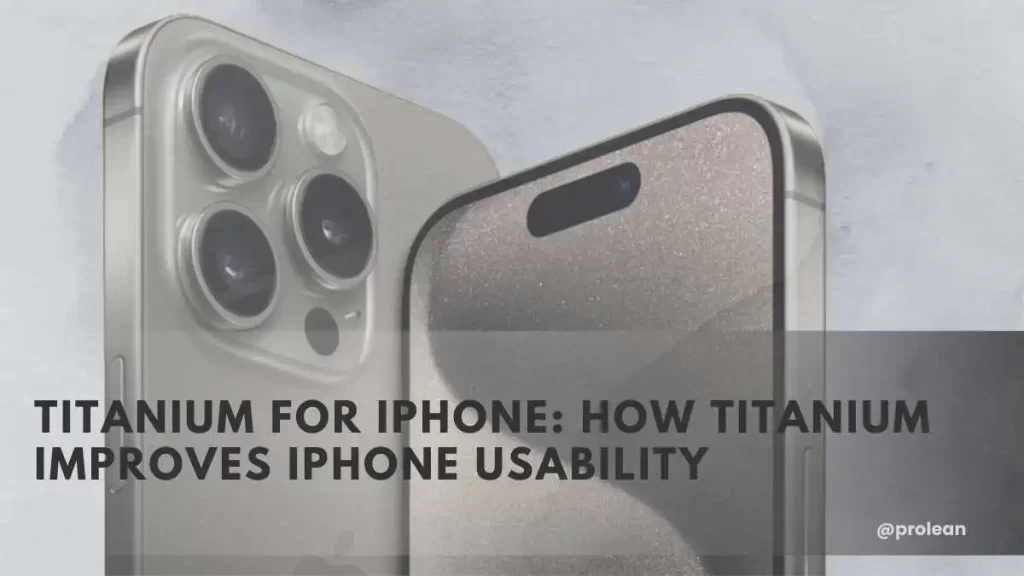
In the past, the frames of Apple’s iPhone Pro models were made of heavy metals, like steel, and aluminum. This design made phones to be slightly heavier. Instead of using steel, Apple company used brushed Grade 5 titanium for the newly launched iPhones. The latest iPhone models 15, 16 Pro, and Pro Max are lighter and feature improved ergonomics compared to their predecessors. For such reasons, titanium is preferable over steel for iPhone housing. Though titanium has many advantages, it incurs certain challenges in machining. However, all those issues are easily manageable.
In this guide, Here we will look at the peculiar benefits of titanium for iPhone, Besides, the certain challenges, that generally occur during titanium machining will also be discussed.
Why Titanium For iPhone: A Look at Its Standout Features
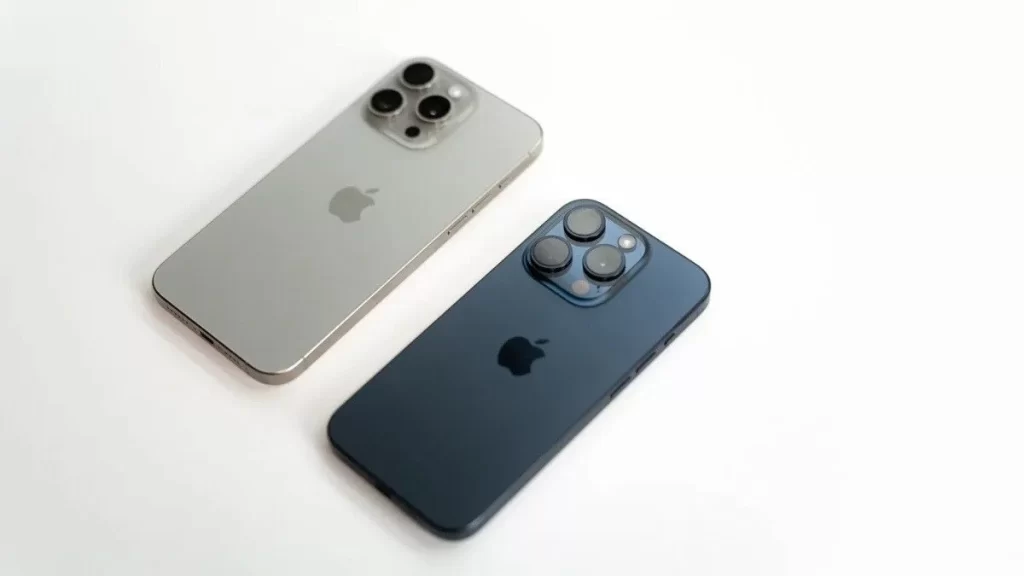
Titanium for iPhone
What are iPhones made of? The iPhone 15 Pro and 15 Pro Max include titanium, which brings performance, and design improvements. These models differ from previous ones by the lightweight titanium houses/frames. Some improved features are highlighted below;
Sleek Brushed Finish
In the current year, 2024, the iPhone 16 Pro features a titanium housing which is a step up from the reflective steel used in prior models, they now feature a brushed finish. This intricate surface pattern is achievable through the combination of state-of-the-art material treatment and texturization techniques including machining, sanding, and brushing. The design gives the device thinner borders and contoured edges that increase grip, making the device easy to hold. Moreover, it diminishes the noticeable scratch and fingerprint sensor, making it easier to wipe clean.
Lighter Design
Titanium has equaled the strength of steel (Titanium Vs steel) but has only half its weight. The iPhone 15, and 16 Pro models weigh approximately 18g less, contributing to nearly 10% lighter compared to the predecessor models. Specifically, the iPhone 16 Pro Max weighs around 221 grams, compared to the 238 grams of the iPhone 14 Pro Max. The devices are now relatively easier to grip. Titanium allows for new color variations, including space black, blue, and silver.
Titanium Gray
The “Titanium Gray” hue is as close to the natural titanium color as possible. The color lies between Silver and Space Black hue. The iPhone 16 Pro Max is believed to incorporate titanium and might offer new colors and deeper design enhancements. Read more to learn about Titanium Vs Stainless Steel.
Try Prolean Now!
From Aluminum to Titanium: iPhone Housing Advancements
Apple has been changing the use of aluminum and stainless steel in smartphones for more than 20 years. iPhone 2G had an aluminum frame, so it was quite stylish and had a fair level of resistance to deterioration. iPhone 3G, 3GS, 6, 7, and 11 series models also incorporated aluminum.
The addition of stainless material was first featured in iPhone 4 & 5 which aimed at giving a superior, long-lasting touch. Stainless steel was reintroduced with the iPhone X series and continuously incorporated in the iPhone X series with Pro models of iPhone 12, 13, and 14, while iPhone 12, 13, and 14 models had aluminum frames.
In advanced iPhone 15, 16 Pro, and Pro Max, Apple has now shifted to Grade 5 titanium. Titanium is a more advanced material to be adopted in the latest iPhones for the sake of increasing both ergonomics and cutting weight. You might be wondering, Why Grade titanium for iphone is so special. Apple has continued with the titanium trend in the newly released iPhone 16 Pro Max. The model brings new interesting improvements and availability of color. The properties of titanium are quite special as it integrates material strength without necessarily being bulky. Such a luxurious appearance makes titanium suitable for the development of future iPhones.
Read more: Titanium Vs Aluminum.
Evolution of iPhone Materials: From Steel to Titanium
The table below showcases the evolution of iPhone materials from stainless steel to the recent use of titanium on the latest models.
| Model | Material | Period | Benefits | Drawbacks |
| iPhone 4, 4S | Stainless Steel and Glass | 2010-2011 | Sturdy | Heavier |
| iPhone 5, 5S | Aluminum (Unibody) | 2012- 2013 | Lighter weight, easy to handle. | Prone to scratches and dents. |
| iPhone 6, 6S | 7000 Series Aluminum | 2014- 2015 | Stronger alloy reduced bending issues. | Susceptible to dents with impact. |
| iPhone X, XS | Stainless Steel and Glass | 2017-2018 | Durable, luxurious feel |
Glass back is fragile. |
| iPhone 11 Pro, Pro Max | Stainless Steel and Glass | 2019 | Highly durable frame for a premium feel. | Increased weight due to steel. |
| iPhone 12, 13 Pro, Pro Max | Stainless Steel and Ceramic Shield | 2020- 2021 | Improved durability with Ceramic Shield front. | Heavy frame remains a drawback. |
| iPhone 15 Pro, Pro Max | Grade 5 Titanium | 2023 | Lighter and more ergonomic. | Costlier due to titanium. |
| iPhone 16 Pro, Pro Max | Grade 5 Titanium | 2024 | Further weight reduction, | High production costs with titanium. |
How Grade 5 Titanium Transforms Functionality in the Latest iPhones 15 & 16 Pro Max?
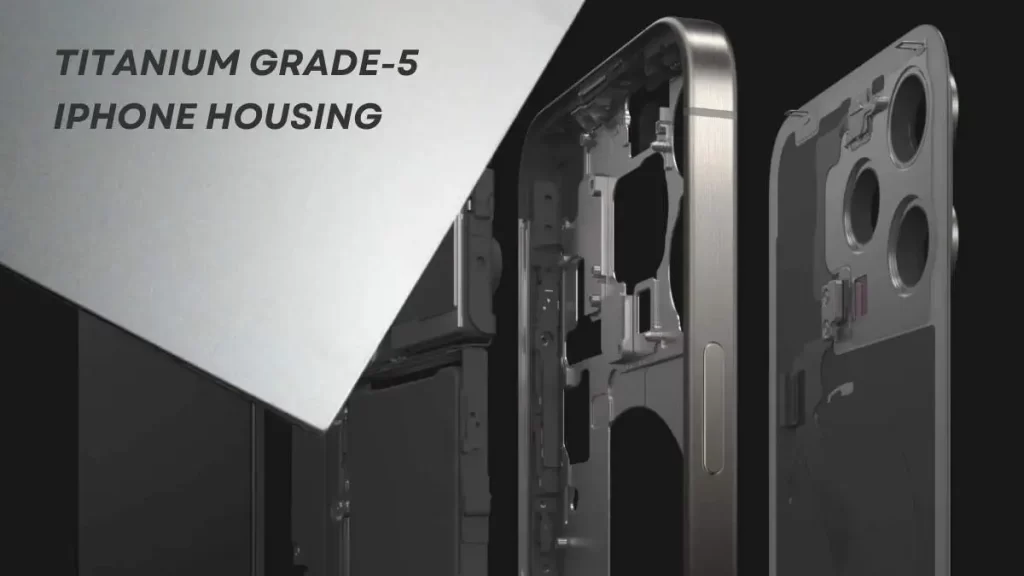
Grade 5 titanium housing
Gr5 Titanium is a combination of titanium, aluminum 6%, and vanadium 4% that has revolutionized the iPhone series, especially with the iPhone 15 Pro and the expected iPhone 16. This titanium-grade alloy provides the best corrosion protection, strength, and lightweight that best suits Apple’s flagship products.
Titanium Grade-5 has an Unprecedented Strength-To-Weight Ratio.
When it comes to endurance, the best material is Grade 5 Titanium. It provides as much strength as many steel types, while it is almost 50% lighter. Earlier iPhone models used aluminum which while lighter does not offer the rigidity needed for greater resilience. The new Grade 5 Titanium in the iPhone 15 Pro and iPhone 16 makes the phone stronger without adding extra weight.
Grade 5 has optimum Corrosion Resistance.
Grade 5 Titanium is highly resistant to corrosion. The benefits are more pronounced across moist or marine applications. Moreover, It’s essential in mobile devices because internal elements are shielded from degradative influences. Since users are more and more often using their smartphones in various circumstances, the use of Grade 5 Titanium provides durability, and augments user experience.
Gr5 Ti has a Premium Aesthetic Appeal.
The application of Grade 5 Titanium upgrades the outlook of the iPhone 15 Pro and iPhone 16. Its natural luster and elegant finish give a high-end appearance which is in harmony with the Apple brand. The material makes it easy to design for the aesthetic look of the product making consumers who appreciate design gravitate towards the product.
Thermal Features of Gr5 – Titanium
Specifically, the CTE(Coefficient of thermal expansion) of Grade 5 Titanium is within the range of the CTE of glass. As a result, it imperatively makes efficient smartphone fabrication. In addition, it helps to minimize the effects of thermal shock, which in turn makes the device compatible and effective. Furthermore, The thermal characteristics of Gr5 equally make it easy for heat to be dissipated from the gadget by reducing the temperature when the device being overused.
Challenges and Remedial Actions in Machining Titanium
Titanium, however, increases the iPhone 15, and 16 Pro’s resilience; it’s typically hard to fabricate to fit designs.
Challenges Attributed To Properties of the Titanium
- Low Thermal Conductivity
Machining Titanium produces excessive heat and makes the process challenging to control. The heat is accumulated because titanium is a thermally insulating material. This may lead to tool wear, chipping, and breakage of tools being used. When components are thin, maintaining accuracy becomes a significant issue. The material strength also rises at the cutting point, and that makes the process difficult.
- Work Hardening
A hexagonal close-packed (HCP) structure is characteristic of titanium alloys. This structure confines them in their flexibility and slip systems. Work hardening is deformation that increases the material hardness. In this stage, high tool wear and cutting forces become usual. There may be stresses remaining in the machined parts. These stresses can therefore result in cracking and may lead to distortion.
- Chemical Reactivity
Titanium alloys normally become the least reactive at high temperatures. Nitrogen, hydrogen, and oxygen are the most likely gases to cause surface oxidation. Contamination is detrimental to material properties and affects fatigue strength. Ridges and other edges can be created up and may chip. That is why tool failure and galling may also occur during the titanium machining process.
Challenges Experienced During Titanium Machining
Some common issues in titanium machining include;
- High Heat Generation
As mentioned above, titanium alloys are difficult to machine due to the high cutting forces, needed to work on. These forces produce heat in large proportions during operation. The most challenging part with titanium is maintaining a low temperature. Heat build-up results in vibration and tools. Tearing These issues may lead to faulty parts. Also, distortion and fire risks may occur.
- Vibration and Chatter
One of the significant challenges that come with working with titanium alloys is the material’s elasticity. The geometric distortions of the workpiece surface can cause vibrations and raise friction. This creates additional heat which aggravates the heat dissipation problem. Long thin chips are likely to harm cutting tools. Such chips may also cause some surface discoloration.
Try Prolean Now!
General Titanium Machining Strategies for Best Outcomes
- Choose Durable Cutting Tools: As titanium, machinability requires high-quality tools that exhibit specific geometries. The tools with smaller diameters and more flutes reduce heat and increase the stock removal rate.
- Maintain Sharp Cutting Edges: Periodically hone cutting blades so that they do not overheat and constant build-up of the material is prevented. Tools that are worn raise the wear rates and hamper performance.
- Utilize Larger Tool-Tip Radius: A larger tool-tip radius reduces contact length and cutting forces. It may also reduce the number of cutting edges in contact with the material which in turn decreases localized heat. So, increase tool durability by adjusting tool shape.
- Manage Feed and Cutting Speeds: To optimize feed rates and spindle speeds, certain practical recommendations should be made. While raising axial cut depth, it’s possible to reduce the radial engagement to avoid excessive heat generation.
- Implement Deep Cuts: Introduce deep cuts to minimize the contact time between the tool and the workpiece. This technique does not allow work hardening and effectively provides material removal.
- Use High-Pressure Coolant Systems: To avoid chip sticking and the consequent damage to tools, work at high pressures and use coolants with the right temperature. Another critical factor is the coolant concentration, in which a sufficient level stabilizes the tool.
- Apply Suitable Tool Coatings: Employ coated high-speed steel tools like the TiCN coated tools due to their increased durability, heat, and force resistance. (Learn more about polish titanium)
iPhone 16 Pro and Pro Max: Four New Titanium Colors

iPhone 16 Pro Max color variations
Apple has launched the titanium iPhone 16 Pro and iPhone 16 Pro Max, now available in four stunning titanium colors: Black titanium, natural titanium, white titanium, and the desert one that looks brown at first sight. Desert titanium was evident during the launch that was conducted at the Steve Jobs Theatre at Apple Park. It has a very sleek finish, with brown or golden hues and a golden edge around the device.
The iPhone 16 Pro models are made out of Grade 5 titanium – a superb material for its ability to pack great strength into a lighter form. A new microblasted finish also increases the device’s strength and lightweight characteristics.
The iPhone 16 Pro Max comes with the largest screen in an iPhone to date. The Super Retina XDR OLED displays are 6.3 inches and 6.9 inches, and have a new technology that redirects the information of the screen below the working pixels. These changes lead to a reduction in the bezel size and signify the user interface.
Summary
Titanium for iphone offers significant advantages, particularly for new iPhone Pro models. These phones use Grade 5 titanium which has a perfect combination of strength and lightweight alongside a brushed finish which makes scratches less visible. Nonetheless, the machining of titanium is relatively difficult. Therefore one must hire a reliable titanium machining services partner to get the best possible results.
Prolean Tech offers the best-in-class premium CNC machining solutions at affordable prices. Our machining experts employ advanced tools to achieve optimal outcomes for success in your project. To get a quote or to discuss your project requirements, please call us today!

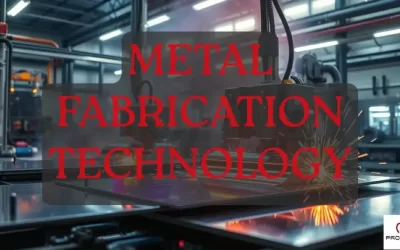
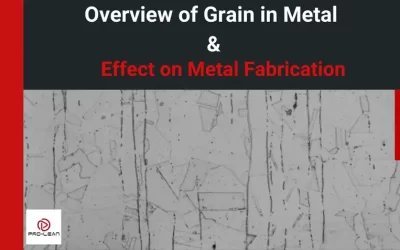
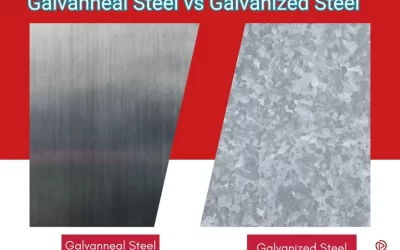
0 Comments